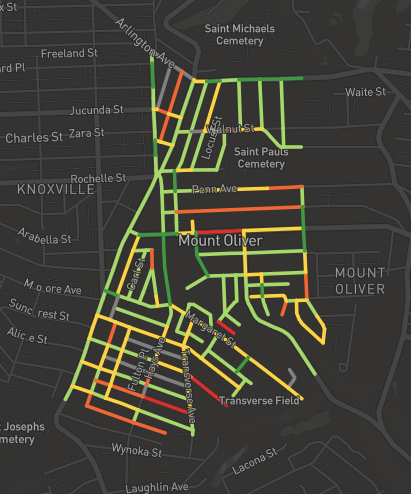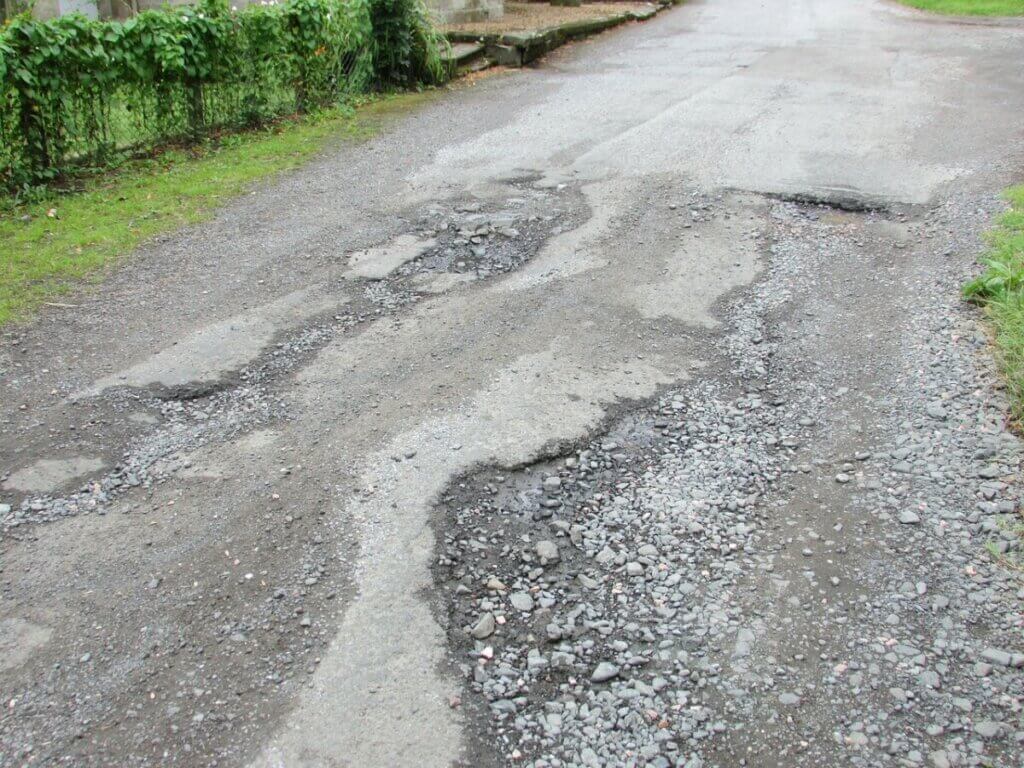
With state and local budgets being cut across the country due to the economic turmoil caused by COVID-19, the response could be to let road maintenance and planning wait until next year. However, the data shows that putting off road maintenance today will only make the cost of repairs greater tomorrow.
The best course of action for America’s road managers is to extend their shrinking budgets and the life of their road networks by implementing effective and affordable maintenance strategies this paving season.
A recent study out of Washington State suggests that all preventative maintenance treatments are effective in extending the life of the pavement in which they are installed. The most prevalent treatment methods of crack sealing, chip sealing, and dig outs are capable of extending pavement life for five years or more.
These types of treatments buy road managers the necessary time to re-evaluate their paving priorities and realign their budgets. If they plan appropriately, they will come out on the other side of this crisis with a more robust pavement plan.
Now is the perfect time to lay the groundwork for a mature pavement management plan. Five key elements provide a template for such a plan:
Have comprehensive road condition data for the entire road network

Regardless of the methodology used for collecting road data, having a complete perspective on the road conditions is paramount to making informed maintenance decisions. It is only possible to effectively prioritize if you know the condition of the entire road network. Otherwise, you’re potentially making decisions with only partial or outdated information.
Ideally, a community would use a modern data collection method and pavement management system in order to have timely, accurate, and comprehensive road data at their disposal.
Consolidate all necessary road data to further assist with treatment decisions and planning
If a road department has access to additional road data such as the pavement type, age, maintenance record, and Annual Average Daily Traffic (AADT), it’s important to compile and consolidate in one place.
With this data in your toolbox, you can predict how much additional life is expected from your existing road network, better prioritize what roads need to be treated, and decide which treatment methods are most appropriate for each surface.
Prioritize preventative maintenance and allocate funds accordingly

Once a road department has begun prioritizing its needs from a data-based perspective, it is easy to justify allocating funds towards preventive maintenance. While repaving roads is sometimes necessary, preventative treatment methods will significantly prolong the life of a road and are a fraction of the cost of repaving. One mile of road can cost $1 million dollar to repave, but a fog seal treatment only costs $800 per lane mile.
If preventative maintenance is ignored in favor of budgeting entirely for repaving efforts, fewer roads will be treated and more roads will need major repairs in the years to come. That is why long term planning that focuses on both immediate needs as well as the future needs are essential to mature pavement management.
Create long-term plans and set road network goals
Five year paving plans are common in road management, but they tend to focus more on repaving and less on maintenance. By having all the necessary road data on hand, your five year paving plan can be focused on what the data says and nothing else. If the data clearly shows that the budget would make the greatest impact on roads with moderate traffic, greater than ten years old, and in fair condition, then that’s where the money should be spent.
If your plan can articulate how these efforts will result in major savings, who could argue against it? Ideally, these savings could then be leveraged in the latter half of the paving plan for repaving efforts. Without the data to justify it and a set of goals to explain the benefits, it will be difficult to make the case for the road network priorities.
Communicate road conditions, priorities, and long-term plans to all stakeholders
The only way to create buy-in for your road network priorities is by keeping the public in the loop and framing the conversation around their lives. Your assessment gives your plan perspective and helps you explain:
- We all want better roads, this is how we get them.
- We all want to save taxpayer money, this is the best way to do that.
- We know you’re concerned about your road, but this is why we’re focused on these areas before others.

Show, don’t tell them, by using vivid yet simple visualizations. A color-coded map that shows the overall condition of the road network will be straightforward and alleviate the need to explain the complexities of a PCI score.
Isolate which roads are in need of repairs and why the proposed treatment methods are the best solutions for those road issues. Cut out any extraneous information and make it about the data.
Show them your progress in real time. While it’s important to let residents know when paving is happening, it’s also important to let them know when paving has been completed. Take a victory lap to show off your progress.
Let them know what’s coming next. Explain how the treatment done three years ago on a few streets allowed for five additional roads to be repaved.
Finally, whatever the story is, don’t be afraid to share it and make yourself the hero.
Show them the final stage and how these methods will pay off long term.
With the right template for your community, mature pavement management is within reach. If you’re ready to hit the ground running and get started with a comprehensive assessment of your network’s condition, the team at RoadBotics can help.
Email us at info@roadbotics.com today to learn more about pavement management.
If you’re new to pavement management, check out these tips for building an initial pavement management approach.







